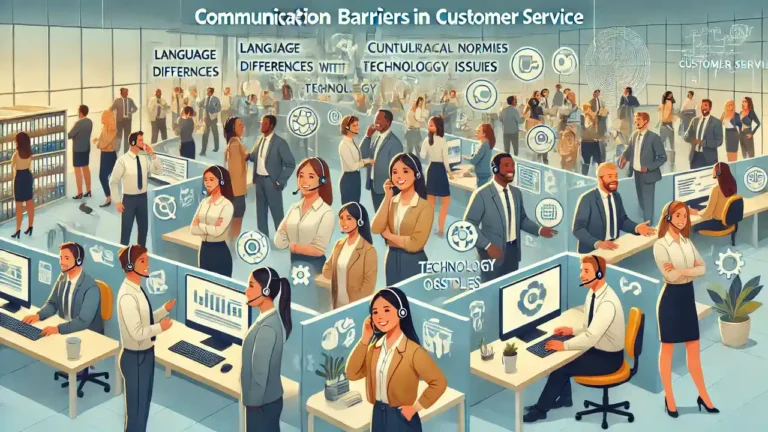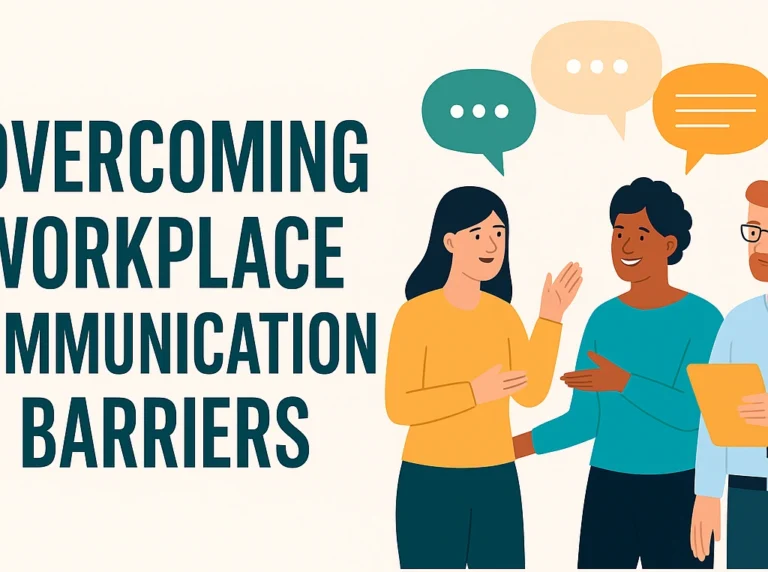Communication Barriers in Urban Planning
Urban planning shapes the neighborhoods, cities, and public spaces where we live, work, and play. But as anyone involved in the process knows, turning ideas into reality is never simple. One of the biggest challenges? Communication barriers. When planners, officials, and residents fail to connect, it’s more than just an inconvenience—it can stall projects, fuel community mistrust, and even create lasting inequities.
So, what exactly stands in the way of open dialogue in urban planning? And how can cities create better systems for everyone’s voice to be heard? Let’s break down the main obstacles, real-world impacts, and—most importantly—practical ways to build more inclusive, effective communication.
Why Communication Matters in Urban Planning
Every successful city project, from a new park to affordable housing, depends on clear and honest communication. When urban planners, community members, and decision-makers understand each other, it’s much easier to spot problems early and build solutions that last. But when information gets lost, misunderstood, or ignored, projects can run into big trouble.
Key points:
- Clear communication encourages community buy-in and participation.
- Open channels reduce delays, cost overruns, and legal conflicts.
- Transparent planning builds long-term trust among stakeholders.
What Are Communication Barriers in Urban Planning?
Communication barriers are anything that blocks, distorts, or limits the flow of information between the people involved in city projects. These can show up in lots of ways—from language gaps to organizational red tape to cultural misunderstandings. When left unchecked, these obstacles can derail even the best-intentioned plans.
Common signs of trouble:
- Residents feel excluded or confused by technical jargon.
- Planners get blindsided by opposition due to lack of outreach.
- Stakeholders repeat the same conversations with little progress.
Types of Barriers to Communication in Urban Planning

Language and Jargon
Urban planning is full of technical terms, acronyms, and specialist language. While these words make sense to insiders, they can alienate residents or local business owners who aren’t familiar with the lingo.
- Example: Terms like “zoning variance” or “mixed-use development” can confuse the average person and prevent meaningful participation.
- Solution: Use plain language. Offer translations for multilingual communities and provide glossaries or visuals for complex topics.
Cultural and Social Differences
Cities are diverse, and different groups bring their own communication norms, values, and histories. Without cultural competence, planners may unintentionally exclude or offend key communities.
- Example: A planning team schedules meetings during a major religious holiday, leading to poor turnout from one group.
- Solution: Build cultural awareness. Train staff in cross-cultural communication, and consult local leaders to avoid missteps.
Physical and Digital Accessibility Barriers
Access isn’t just about sidewalks and buildings—it’s also about communication. If meetings are held in inaccessible spaces, or if digital tools aren’t usable for people with disabilities, many voices are left out.
- Example: An online survey isn’t compatible with screen readers, blocking visually impaired residents from giving feedback.
- Solution: Follow universal design principles for both physical meetings and digital platforms. Provide materials in multiple formats and offer tech support.
Organizational and Bureaucratic Barriers
City processes can be slow and complicated. Hierarchies, paperwork, and unclear decision-making can frustrate both planners and the public.
- Example: Residents aren’t sure whom to contact with concerns, or their input seems to disappear in a “black hole” of bureaucracy.
- Solution: Map out clear communication channels. Publish contact lists and timelines, and explain how feedback will be used.
Psychological and Emotional Barriers
Past conflicts, mistrust, or fear of being ignored can prevent people from speaking up. On the flip side, planners may develop “consultation fatigue” and tune out critical voices.
- Example: After years of neglect, a neighborhood group stops attending city meetings, believing nothing will change.
- Solution: Foster trust through transparency and follow-up. Acknowledge past mistakes and show how input leads to real change.
Technological Barriers
Not everyone has equal access to digital engagement tools. Outdated websites, poor internet connectivity, or lack of digital skills can limit participation—especially among seniors and lower-income residents.
- Example: Important updates are posted only on social media, missing residents without reliable internet.
- Solution: Offer both online and offline options, such as phone lines, printed materials, and in-person outreach.
Information Overload and Poor Feedback Loops
When communities receive too much information—or not enough feedback on their input—they can feel overwhelmed or ignored.
- Example: Residents get lengthy reports with no summary or clear “next steps,” leading to disengagement.
- Solution: Break down information into digestible pieces. Show clearly how community input has influenced decisions.
Strategies to Overcome Barriers to Communication in Urban Planning
Let’s focus on solutions that truly foster collaboration, equity, and project success:
Prioritize Stakeholder Engagement
- Identify all relevant groups—residents, businesses, advocacy groups, schools, local officials, and underrepresented voices.
- Use participatory planning techniques: workshops, co-design sessions, pop-up events, and online polls.
- Employ digital engagement tools (like Social Pinpoint or Bang the Table) to reach wider audiences.
Build Feedback Loops and Transparency
- Clearly explain how feedback will be evaluated and incorporated.
- Publish summaries of what was heard, what changed, and what comes next.
- Provide regular project updates in plain language and multiple languages.
Use Visualization and Plain Language
- Replace jargon-heavy documents with infographics, maps, 3D renderings, and photos.
- Offer quick explainer videos and “project at a glance” handouts.
- Translate materials into all major community languages.
Leverage Technology and Ensure Accessibility
- Make sure online platforms are accessible to people with disabilities.
- Offer hybrid (online and offline) events to reach all community members.
- Use social media, SMS updates, and traditional media to cover all age groups and backgrounds.
Address Equity and Inclusion
- Conduct equity audits to spot who’s missing from the conversation.
- Use interpreters, childcare at events, and stipends to lower participation barriers.
- Engage community liaisons who can bridge cultural or language gaps.
Resolve Conflicts and Build Consensus
- Use third-party facilitators for contentious projects.
- Hold small-group sessions for sensitive issues.
- Encourage respectful dialogue and active listening.
Provide Ongoing Education and Urban Literacy
- Offer workshops to help residents understand zoning, budgets, and design principles.
- Host “urban planning 101” sessions for new participants.
Conclusion
Barriers to communication in urban planning aren’t just frustrating—they’re expensive, unfair, and harmful to the communities cities are meant to serve. But these barriers aren’t insurmountable. With the right strategies, from plain language to digital inclusion, cities can unlock powerful partnerships and create more livable, equitable spaces.






